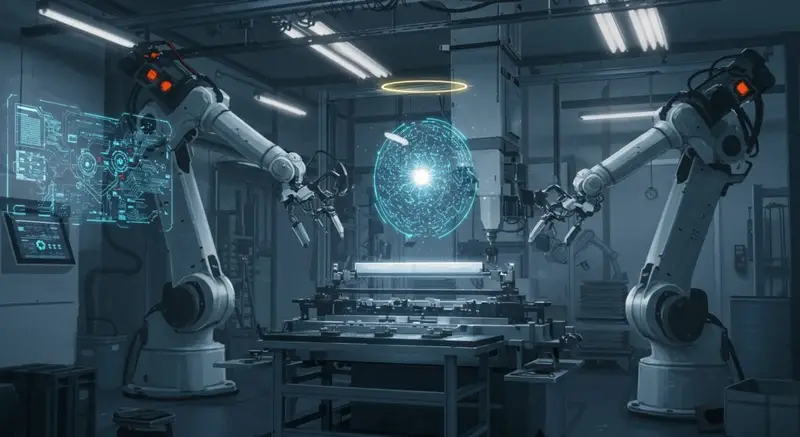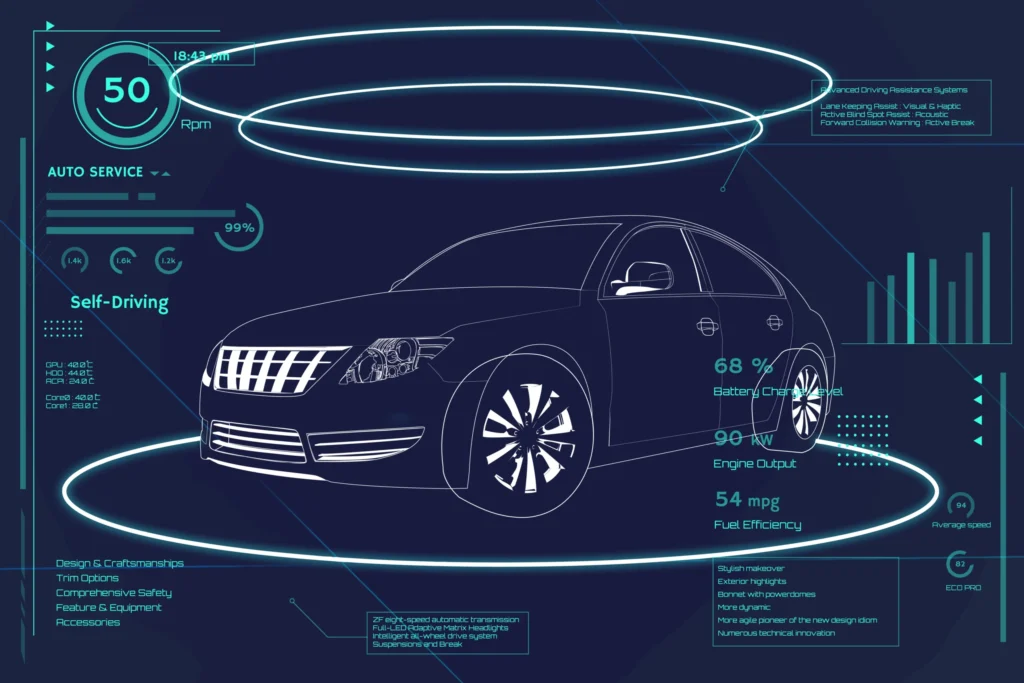Industrial Artificial Intelligence (AI) is transforming manufacturing, logistics, and infrastructure, promising unprecedented efficiency and innovation. From predictive maintenance to automated quality control, AI systems are becoming central to industrial operations. However, this rapid adoption brings forth significant ethical challenges. The integration of AI ethics into the very fabric of industrial AI design is not just a moral imperative but a critical factor for sustainable technological progress. Balancing innovation with responsible design ensures that these powerful technologies serve humanity without compromising fundamental values or creating unintended harms.
Table of Contents
- The Rise of Industrial AI and Its Ethical Dilemmas
- Core Principles for Robust AI Ethics in Industry
- Implementing Responsible Design: A Practical Approach
- The Future of AI Ethics: Regulation and Collaboration
- Conclusion
The Rise of Industrial AI and Its Ethical Dilemmas
Industrial AI’s influence spans across complex systems, making its ethical implications far-reaching. Imagine AI-powered robots working alongside humans, or AI algorithms optimizing supply chains. While beneficial, these scenarios present unique ethical quandaries that differ from consumer-facing AI applications.
Automated Decision-Making and Accountability
When an AI system in a factory makes a critical decision – for instance, halting a production line or rerouting critical supplies – who is accountable if something goes wrong? The complexity of industrial AI means that the chain of causality can be opaque, making it difficult to assign responsibility. This challenge necessitates clear frameworks for accountability and mechanisms for human intervention.
Data Privacy and Security Concerns
Industrial AI systems often process vast amounts of sensitive data, including operational data, intellectual property, and even employee performance metrics. Ensuring the privacy and security of this data is paramount. Breaches can lead to economic espionage, operational disruption, or even physical harm if critical infrastructure is compromised. Robust cybersecurity measures and strict data governance policies are essential to mitigate these risks.
Core Principles for Robust AI Ethics in Industry
To navigate these challenges, a set of core ethical principles must guide the development and deployment of industrial AI. These principles form the bedrock of responsible engineering.
Transparency and Explainability
Industrial AI systems should be as transparent as possible, allowing stakeholders to understand how decisions are made. This doesn’t necessarily mean revealing proprietary algorithms, but rather providing clear explanations for an AI’s output, especially in critical applications. Explainable AI (XAI) techniques are crucial here, helping engineers and operators trust and verify AI decisions.
Fairness and Bias Mitigation
AI systems, if trained on biased data, can perpetuate or even amplify existing inequalities. In an industrial context, this could manifest as unfair allocation of resources, biased hiring practices, or even discriminatory safety protocols. Developers must proactively identify and mitigate biases in data and algorithms to ensure fair outcomes for all.
Human Oversight and Control
While automation offers efficiency, human judgment and oversight remain critical. Industrial AI should be designed to augment human capabilities, not replace them entirely without a safety net. This includes implementing “human-in-the-loop” mechanisms, where humans can monitor, intervene, and override AI decisions, particularly in high-stakes situations.
Robustness and Safety
Industrial AI systems must be reliable, secure, and resilient to errors, attacks, and unexpected conditions. Failures in industrial AI can have severe consequences, from economic losses to environmental damage or physical harm. Rigorous testing, validation, and continuous monitoring are vital to ensure the safety and robustness of these systems.
Implementing Responsible Design: A Practical Approach
Integrating AI ethics into the industrial AI lifecycle requires a multi-faceted approach, involving engineers, ethicists, policymakers, and end-users. It begins at the design phase and continues through deployment and maintenance.
| Ethical Consideration | Description | Mitigation Strategy |
|---|---|---|
| Accountability | Who is responsible for AI errors or harms? | Clear roles and responsibilities, human oversight mechanisms, audit trails for AI decisions. |
| Data Privacy | Protecting sensitive industrial and personal data. | Anonymization, encryption, access controls, compliance with regulations like GDPR. |
| Algorithmic Bias | Preventing unfair or discriminatory outcomes. | Diverse training data, bias detection tools, fairness metrics, regular audits. |
| Transparency | Understanding how AI makes decisions. | Explainable AI (XAI) techniques, detailed documentation, interpretable models. |
| Safety & Robustness | Ensuring reliable operation in critical environments. | Rigorous testing, redundant systems, fail-safe mechanisms, adversarial attack detection. |
Organizations should also foster a culture of ethical awareness among their engineering teams. This involves providing training, developing internal ethical guidelines, and encouraging open dialogue about potential ethical challenges. For more insights on ethical AI development, you might find valuable resources at organizations like the IEEE Global Initiative on Ethics of Autonomous and Intelligent Systems. Moreover, establishing a robust AI governance framework is essential. You can learn more about AI Governance Best Practices in our dedicated article.
The Future of AI Ethics: Regulation and Collaboration
As industrial AI continues to evolve, the need for clear regulatory frameworks will become increasingly pressing. Governments and international bodies are already exploring guidelines and legislation to ensure responsible development. However, regulation alone is not enough. Collaboration between industry, academia, and civil society is crucial to develop best practices, share knowledge, and collectively address the complex ethical challenges posed by AI.
Conclusion
The integration of Artificial Intelligence into industrial operations offers immense potential, but its success hinges on a commitment to AI ethics. By prioritizing transparency, fairness, human oversight, and robustness, and by fostering a culture of responsible design, we can harness the power of industrial AI while safeguarding our values. The path forward requires continuous dialogue, proactive ethical consideration, and a shared commitment to building a future where innovation and responsibility go hand-in-hand.


